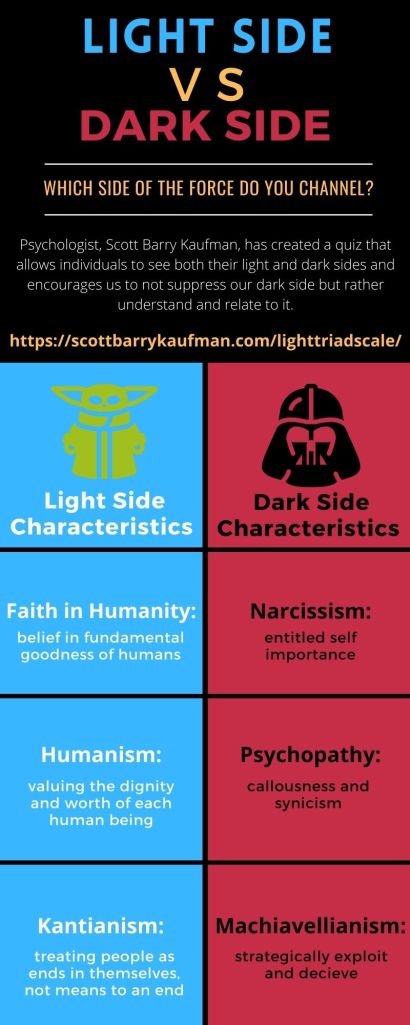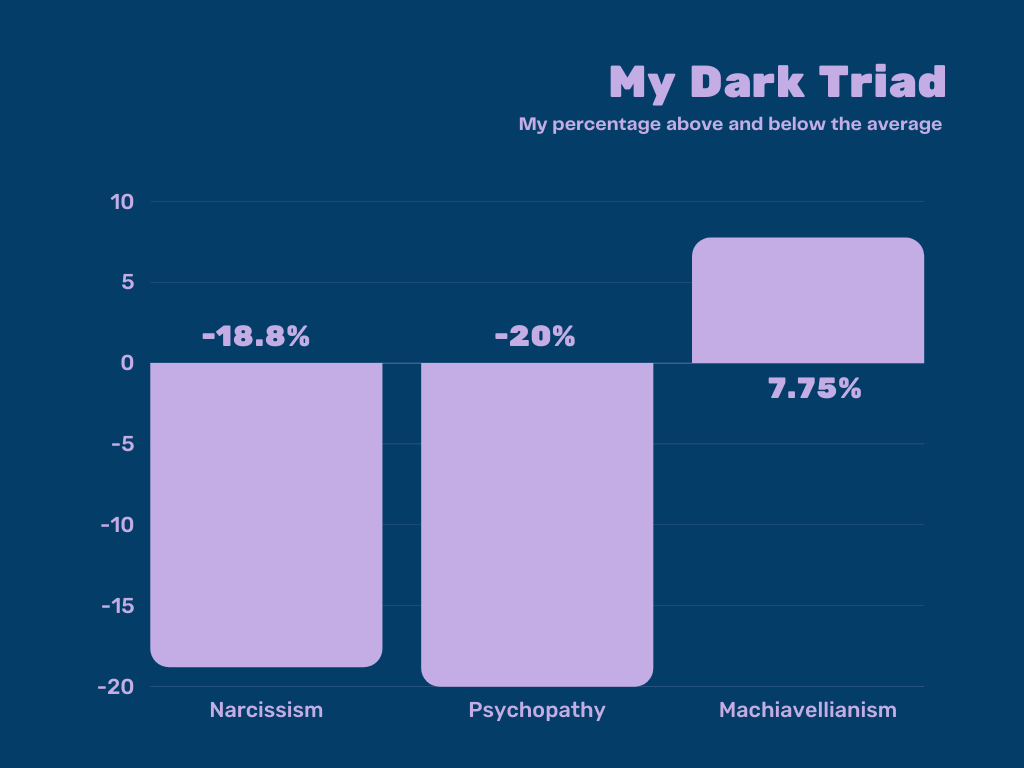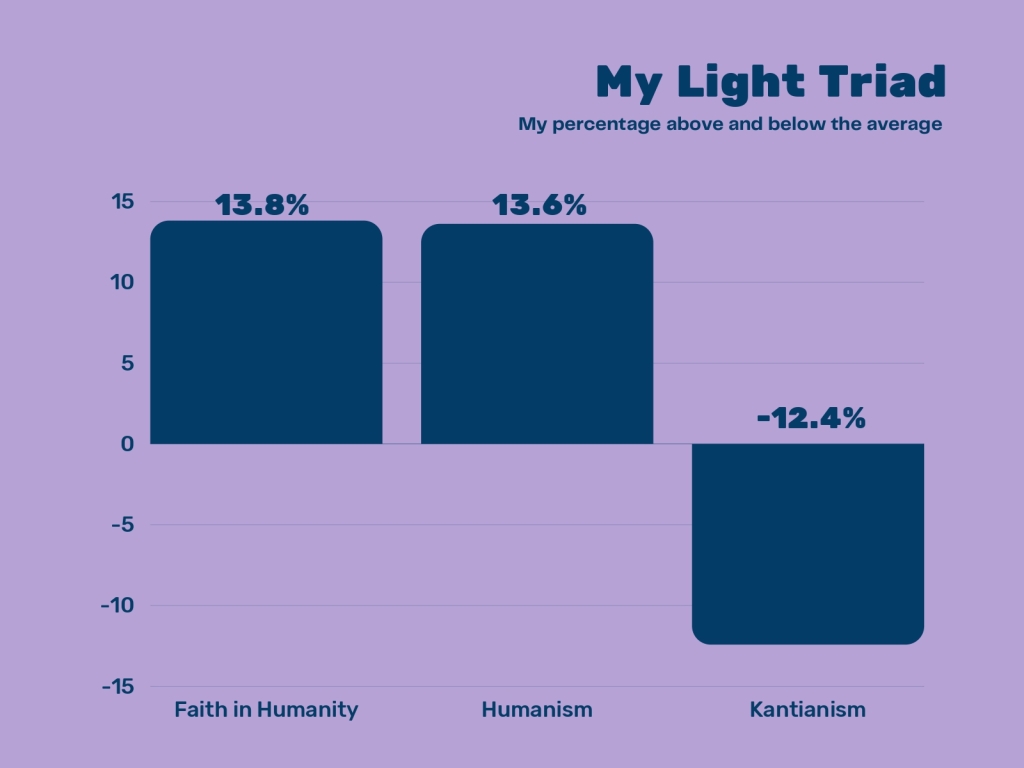Newton and the Counterfeiter: The Unknown Detective Career of the World’s Greatest Scientist by Thomas Levenson
My rating: 5 of 5 stars

We all know who Newton is. He is one of the greatest scientist who has ever lived. Most of us get taught his three laws of motions from his most famous work—The Principia. But do we truly know who the man was?
Newton and the Counterfeiter is a beautifully crafted novel by Thomas Levenson, a professor of science writing at MIT. Levenson masters the art of storytelling to bring us back to the era of Newton. In particular, Levenson focuses on the time when Newton served as the Warden of the Mint in England. When Newton was first appointed, England was on the verge of collapse. The currency of England was no longer reliable due to a major counterfeiting issue. It was the job of one of the smartest men in the world to fix the currency issue and save England. Part of this new job required Newton to investigate and try counterfeiters. These poor counterfeiters were no match for the greatest mind in England—none of them except for one, William Chaloner.
While reading this novel I was stricken with a sense of awe. The man who invented calculus and revolutionized science also did so much more. “It is important to remember, however, that while many of his biographers have drawn portraits of a swarm of different Newtons—the magician, the mathematician, the experimental genius, the young Newton as a cloistered professor, the older man in charge of the Royal Society, conducting the running war with intellectual enemies on the Continent—the real Isaac Newton was one man living one life, whose parts as he lived them were thoroughly conformable to the whole.” In the end Newton was a man. He was a genius, but just another man.
I recommend this novel to anyone who is interested in science or just curious about people. This book has changed my perspective on these past figures of science and has inspired me to live my life to the fullest.
View all my reviews
Support your local bookstore! Don’t have time to visit in person? Purchase the book here at bookshop.org. Or save some cash and visit a library. Does anyone else feel like a kid entering a theme park each time they visit the library?












